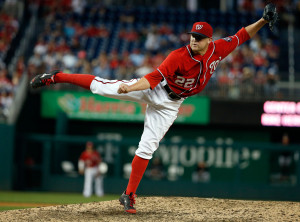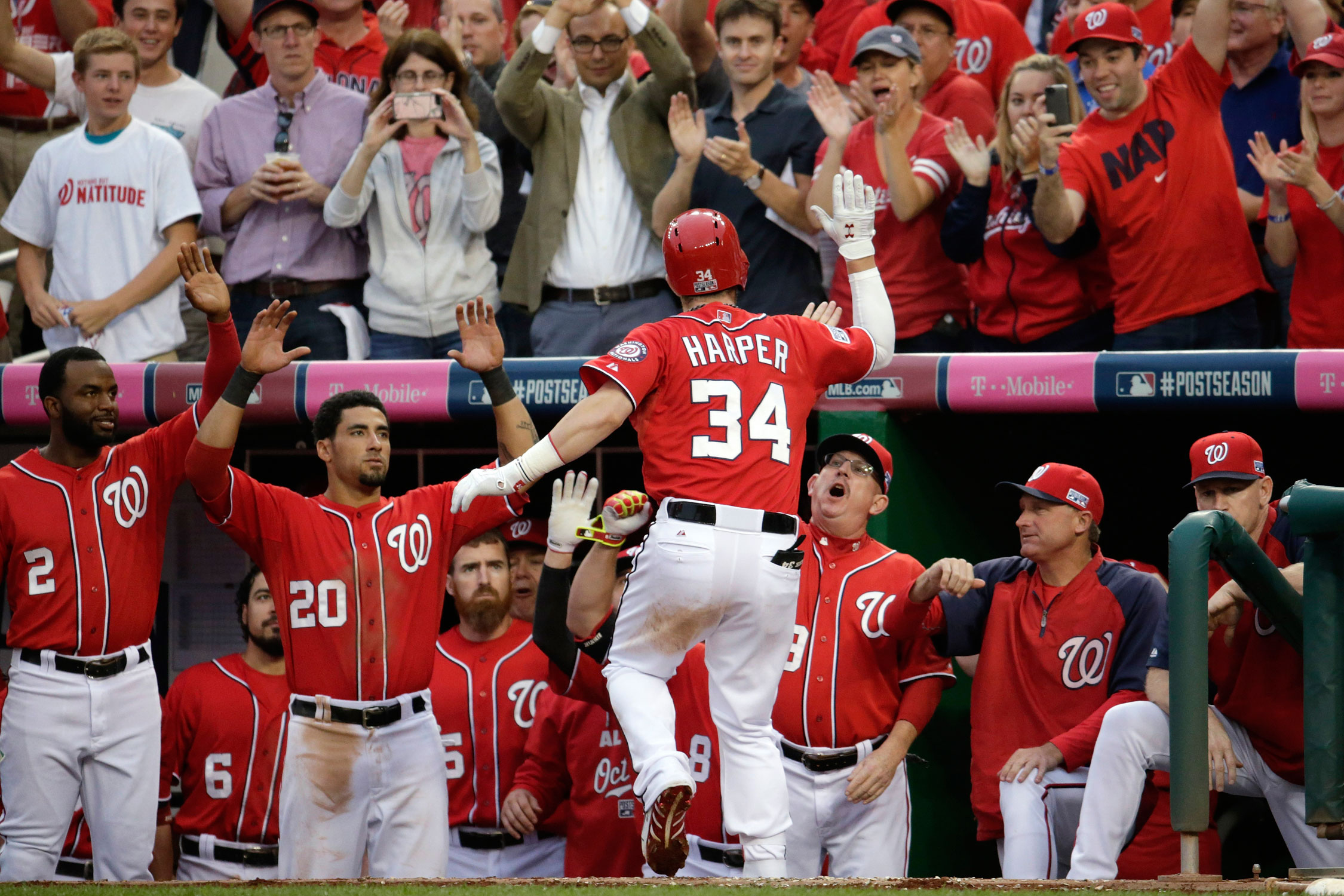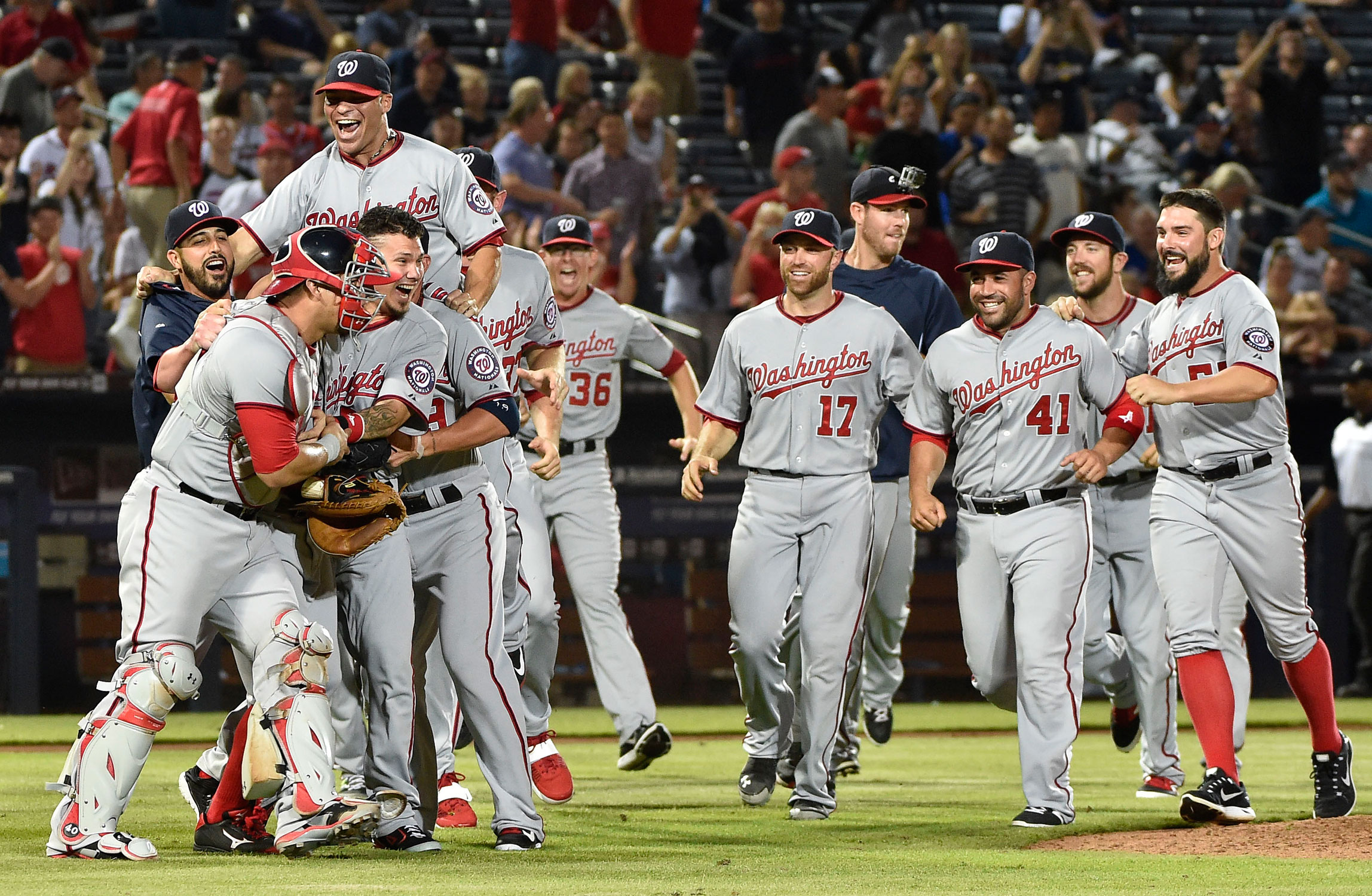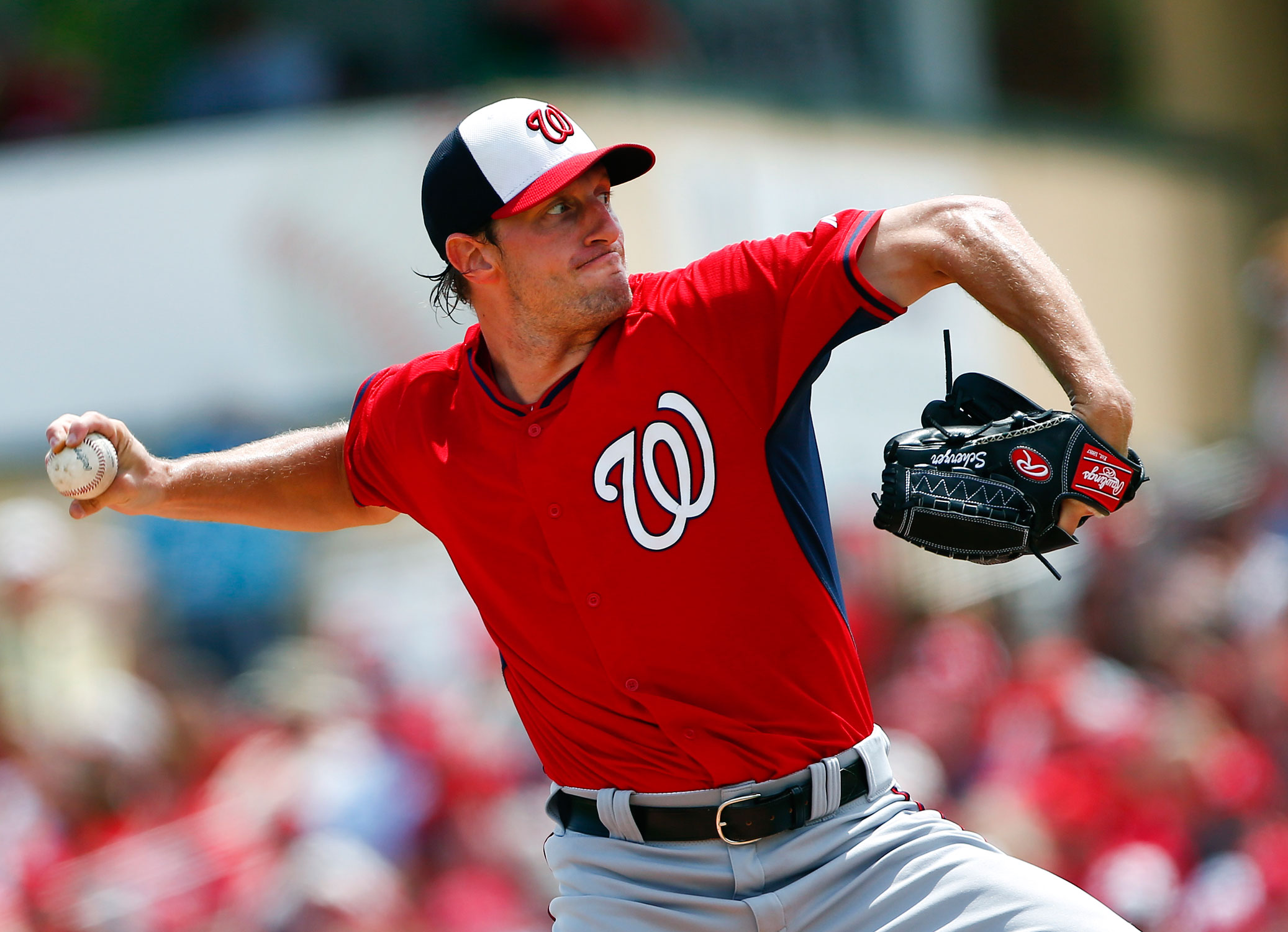WASHINGTON — Going into the 2011 season, the baseball world prepared for an epic October clash between Major League Baseball’s two elite teams: the Boston Red Sox and Philadelphia Phillies.
Sports Illustrated projected the two to win 100 and 93 games, respectively, the top two totals in the sport. All 45 ESPN writers who made MLB predictions picked the Red Sox to make the playoffs. All three Yahoo! baseball writers picked each team to make the postseason. The Sporting News picked Boston over Philadelphia in the World Series. Ken Rosenthal over at FOX Sports picked the Phillies to take the NL East and the Sox to win it all.
The Phillies won 102 games and the division, then flopped in the Division Series to the St. Louis Cardinals. The Red Sox won 90 games, but missed the playoffs entirely.
Philadelphia’s super rotation of Roy Halladay, Cliff Lee, Cole Hamels and Roy Oswalt (combined 59-33 record, 2.71 ERA, 1.07 WHIP, 4.84 K/BB rate) wasn’t enough to even get them to the NLCS. Boston, meanwhile, suffered injuries to Clay Buchholz, Kevin Youkilis, Carl Crawford and Jed Lowrie, and couldn’t quite get themselves straight in time to make the postseason. There was also the whole bizarre fried chicken-and-beer situation.
The Nationals have already experienced a rotation letdown in the postseason — against the Giants last season. With a lineup and rotation like the one the Nationals have on paper, the biggest threat to potentially derailing them this year seems to be the injury bug. It is a concern gaining more and more validity with each injured shoulder, knee, or other vital body part reported out of Florida this spring.
Surgeries on Jayson Werth’s shoulder and Denard Span’s adductor muscle will keep both out of the Opening Day lineup, but the biggest red flag is Anthony Rendon’s knee. The third baseman visited a third doctor for an opinion on the injury earlier this week, and has no current timetable for a return. Considering his long history of lower-leg injuries at the college and professional level, the fan base should be holding its collective breath until they know the fate of their best player last season.
While a healthy Bryce Harper will be an MVP candidate, the outfielder has played just 218 games over the last two seasons due to injury. Werth has averaged just 127 games per year in a Nationals uniform. Ryan Zimmerman hasn’t eclipsed 150 games since 2009, playing in just 61 last year. Wilson Ramos, finally healthy heading into Opening Day, has averaged just 64 games a season since 2012.
In a division that Washington could easily win again by a double-digit margin, the potential cracks in the foundation might keep other teams in it. That, and what happens after the vaunted rotation is no longer in command.
***
The least talked-about part of any baseball team, at least until it implodes, is the bullpen. Before such a disaster befalls the Washington relief corps, let’s take a deeper look at some likely regressions and concerns for the 2015 season.
The loss of Tyler Clippard is the most obvious difference heading into 2015, but it’s easy to forget the valuable innings that Rafael Soriano contributed as well. Between them, they leave a void of 132.1 innings pitched with only 109 base runners against 133 strikeouts, a combined 2.65 ERA and 1.18 WHIP.
Casey Janssen will be looked to in order to pick up some of that slack, if his rotator cuff allows for it. But he’s exceeded 60 innings just once in the past four years, with an ERA near 4 last year (3.94), and an FIP over it (4.14).

When it comes to the rest of the bullpen, one could look at last season’s production and feel optimistic. But the remaining members of the relief corps each pitched to a lower home run rate than their career norms, some by a good measure.
In 183.2 combined innings, Drew Storen, Aaron Barrett, Matt Thornton and Blake Treinen allowed just four total home runs. Exactly one starter in the history of baseball since 1950 has thrown that many innings and allowed so few home runs — Greg Maddux in his absurd 1994 Cy Young season.
Based on their career norms before 2014 (using minor league numbers for Barrett and Treinen), that crew should have combined to allow 13.6 home runs over that number of innings pitched. In all likelihood, they will regress to something closer to that number this season.
This isn’t to say the bullpen will be bad. Storen has proved himself to be an effective arm at the back of the ‘pen, and Thornton has enjoyed a late career resurgence. The latter is 38, though, and posted a career-best 2.55 ERA last season, nearly a full point below his career mark to date.
Regardless of regressions or outliers, bullpens remain hard to predict. Washington’s ‘pen had the fourth-best ERA in baseball last year at 3.00, after ranking 17th in 2013 (3.56). Even with many of the same relievers, Atlanta’s ‘pen went from the best in the game in ’13 (2.46) to 11th last year (3.31). With the loss of established talent and a return to earth on the home run totals, this may be the weakest component of the club.
The Nationals can certainly survive both injuries and bullpen woes — they did both to some extent in both 2012 and 2014. But neither of those seasons ended in a championship.







